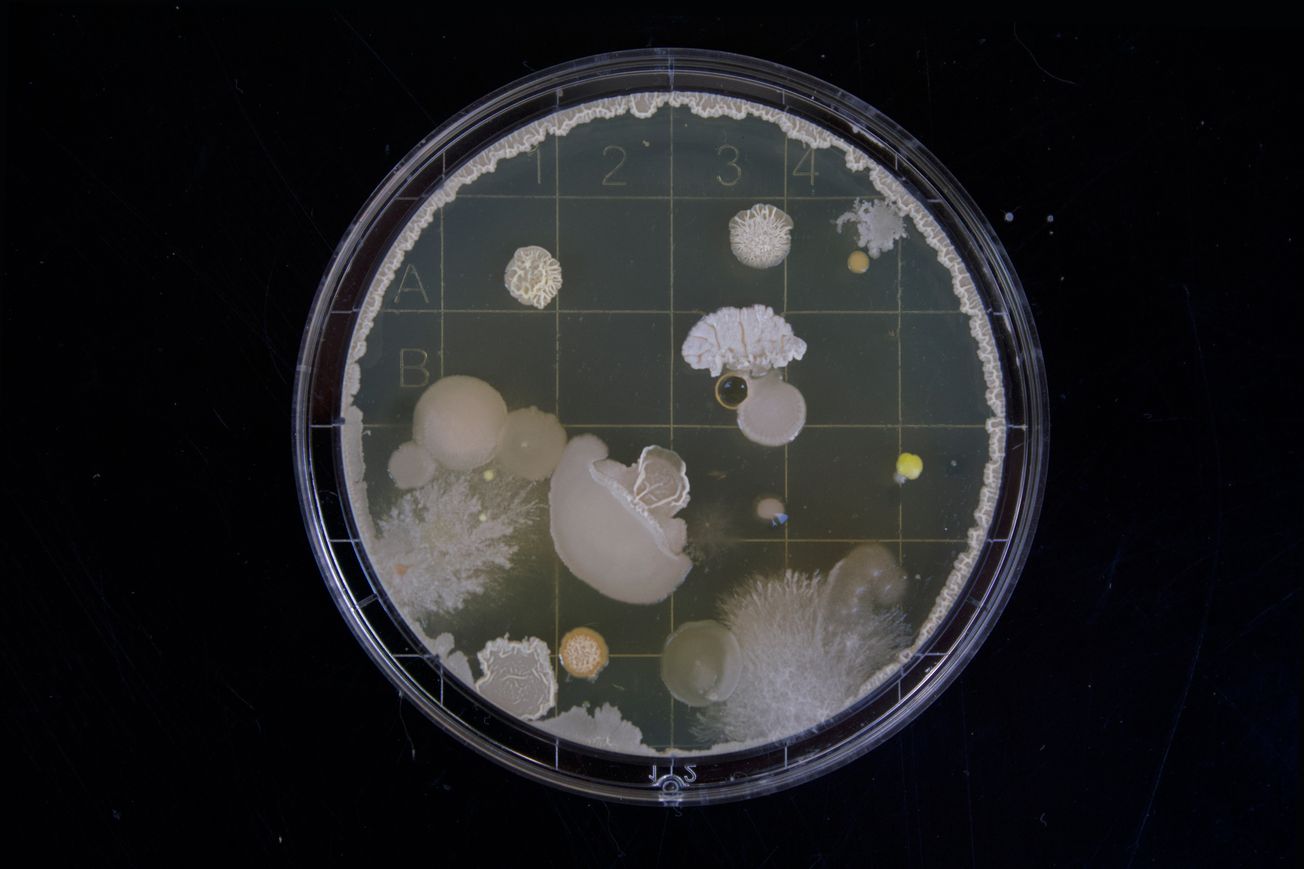By Carissa Wong, PhD Cancer Immunology
Researchers from the University of Bristol have developed a novel method to study microbes within airborne droplets, which will provide new insights into disease transmission.
Bioaerosols are clouds of atmospheric droplets containing living and/or dead organisms (e.g. viruses, bacteria, pollen etc) and particles derived from these organisms. Coughs and sneezes form a natural source of bioaerosols. Sneeze droplets can reach speeds of 100 miles per hour, travelling up to 8 metres away. Microbial passengers within these droplets hitch rides to new destinations, sometimes to the mouths, noses and eyes of people nearby.
During their airborne journeys, droplet-dwelling microbes are subjected to highly varied environmental conditions, such as humidity, wind, and heat. Environmental factors can influence how well microbes are able to survive and infect new people, but this is poorly understood. For example, cold air and low humidity help the flu virus to survive the airborne phase to infect new people, which partially accounts for why flu spreads rapidly in the winter. Flu causes 3 to 5 million cases of severe illness and claims 290,000 to 650,000 lives annually. Investigating the dynamics of airborne disease transmission will help us to devise ways to prevent disease outbreaks and ultimately save lives.
Bioaerosol studies focusing on microbial survival require bulk liquid samples to be aerosolised (made into droplets light and small enough to float in the air). These droplets must be suspended for defined periods of time and bioaerosol sampling must be possible in order to measure properties of interest, such as how well bacteria grow following aerosolisation.
Two main approaches for studying survival in bioaerosols currently exist: hanging aerosolised droplets on spiders’ silk and suspending droplets inside a chamber that spins rapidly enough to counteract gravity (know as the rotating drum technique). However, these conventional methods carry limitations. Antimicrobial properties of spiders’ silk can reduce the ability of suspended microbes to stay alive and, contrary to in the natural environment, the droplets are not truly airborne. The rotating drum technique uses large bulk volumes of infectious microbes, putting researchers at risk. Moreover, physical stress from sampling aerosolised microbes using current techniques has been shown to affect microbial survival, which will affect experimental results.

Photo by Canned Muffins/ Flickr
Bristol research, led by Professor Jonathon Reid and Dr Allen Haddrell, have overcome these limitations with the development of a new method for studying bioaerosols called Controlled Electrodynamic Levitation and Extraction of Bioaerosol onto a Substrate (CELEBS). This method levitates a measurable number of droplets of consistent size within a controlled atmosphere, over timescales that range from seconds to days. Safer aerosolisation of microbes is achieved using much smaller volumes of the initial bulk sample, compared to conventional approaches. Droplet sampling using CELEBS is much gentler than alternative techniques, owing to the reduced velocity with which droplets hit the collection surface.
Traditional technologies generate droplets that can vary in size within a single suspension, instead, the droplets generated using CELEBS are of uniform size, which reduces experimental variability. Collection surfaces can be an almost endless range of materials, for example, lung tissue; this would enable assessment of how well microbes can infect relevant body tissues. Additionally, a novel aspect of CELEBS is that microbial concentrations within droplets can be defined, which opens the door to investigating how microbial concentration in airborne droplets affects microbial survival.
The CELEBS method offers an exciting improvement to bioaerosol research technologies, overcoming several limitations of current approaches used to study the dynamics of microbial survival during the airborne phase. It will enable novel investigations into the dynamics of disease spread via airborne transmission, such as how microbial concentrations in aerosol droplets affect microbial viability. To quote Professor Reid: “This new technique offers the eventual prospect of allowing refined measurements to improve our understanding of the transmission of many airborne diseases including tuberculosis, the influenza virus, and foot and mouth disease.”
Featured Image:Michael Schiffer/ Unsplash
Want to hear more about Bristol research? Let us know your thoughts!







